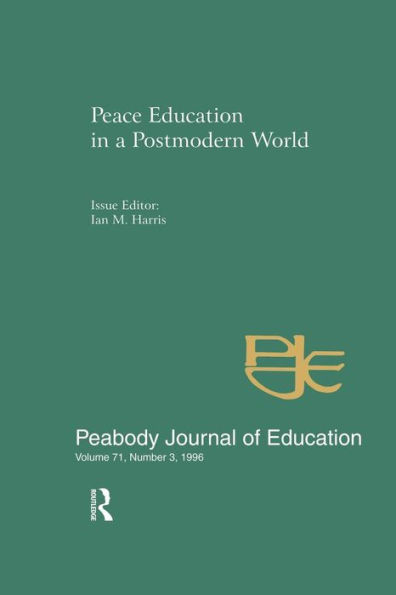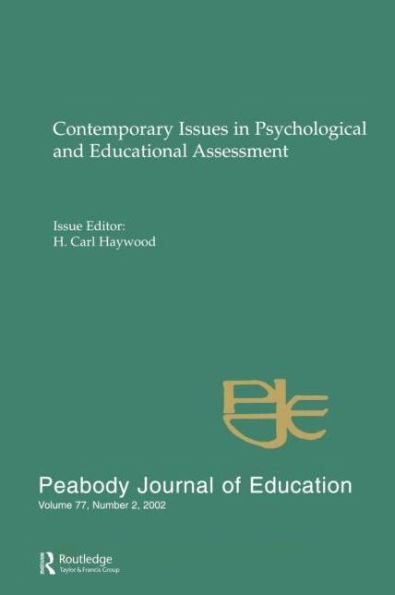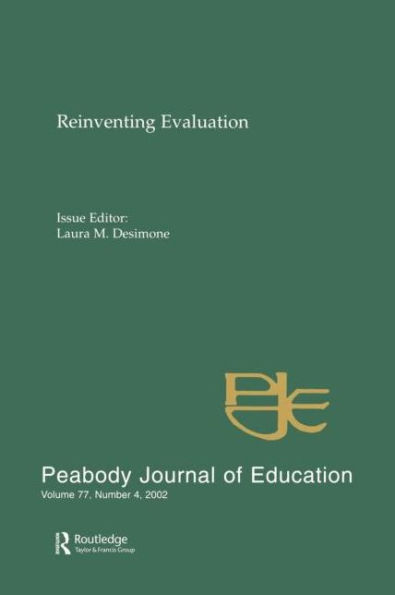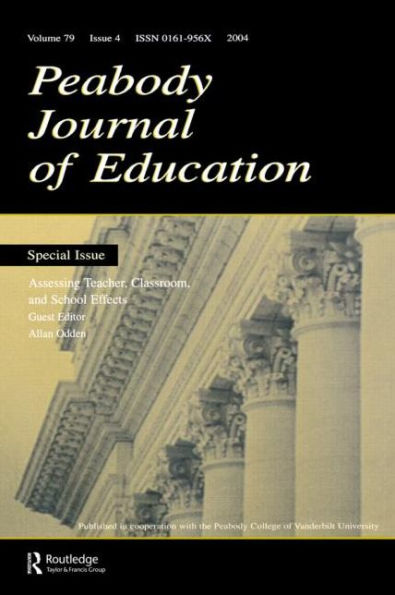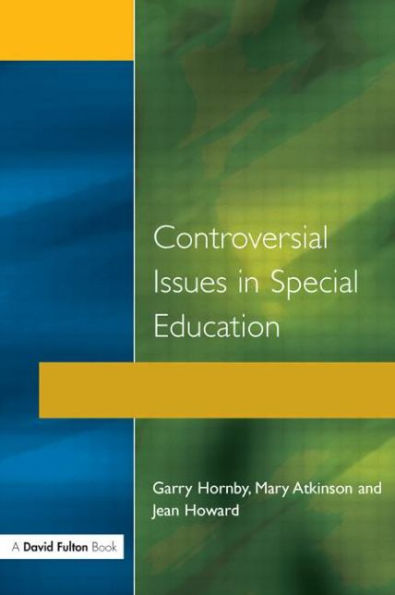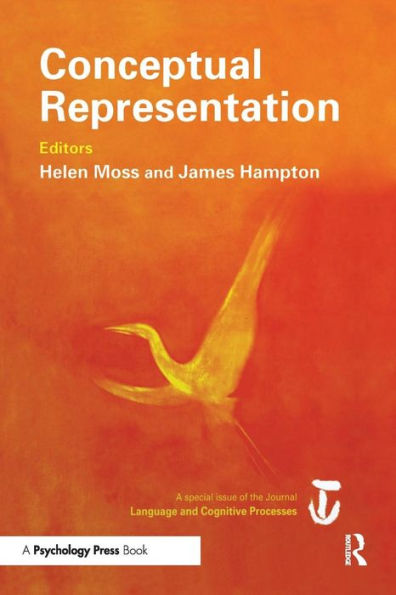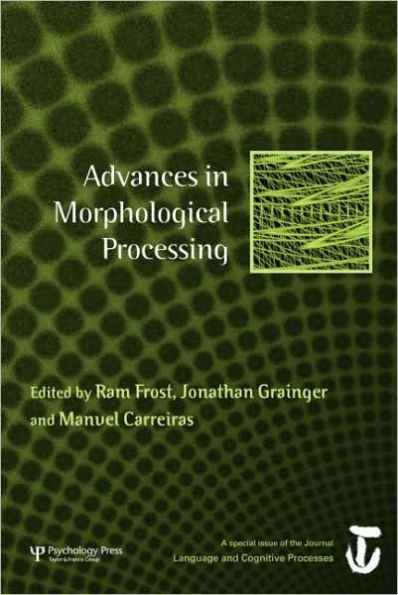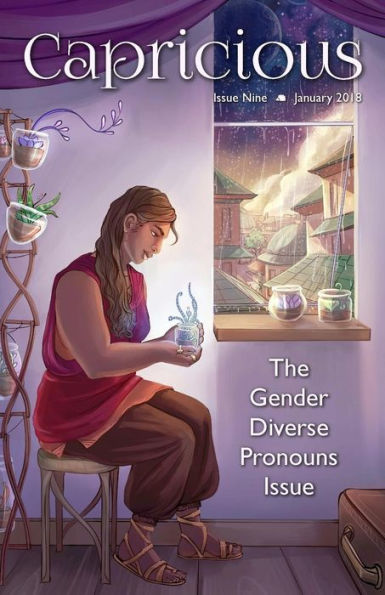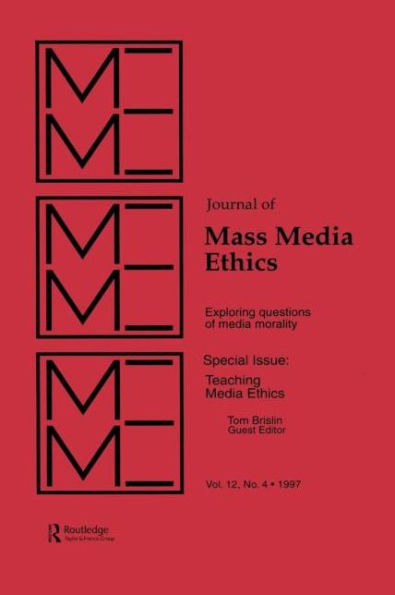Home
(Re)constructing Gender in a New Voice: A Special Issue of the Journal of Language, Identity, and Education / Edition 1
Loading Inventory...
Barnes and Noble
(Re)constructing Gender in a New Voice: A Special Issue of the Journal of Language, Identity, and Education / Edition 1
Current price: $230.00


Barnes and Noble
(Re)constructing Gender in a New Voice: A Special Issue of the Journal of Language, Identity, and Education / Edition 1
Current price: $230.00
Loading Inventory...
Size: OS
*Product Information may vary - to confirm product availability, pricing, and additional information please contact Barnes and Noble
The articles in this special issue examine the relationship between gender identity and second language learning from a variety of perspectives, all of which share a basic grounding in sociocultural theories of learning and poststructural theories of language.
(Re)constructing Gender in a New Voice
presents a range of approaches to questions regarding the role of gender identity in a set of distinct local contexts. In this issue, Guest Editor Juliet Langman contends that an examination of the tensions between past and current ways of expressing identity will allow for continued theorizing on the nature of gender identity and its role in multiple language learning and use.
(Re)constructing Gender in a New Voice
presents a range of approaches to questions regarding the role of gender identity in a set of distinct local contexts. In this issue, Guest Editor Juliet Langman contends that an examination of the tensions between past and current ways of expressing identity will allow for continued theorizing on the nature of gender identity and its role in multiple language learning and use.
